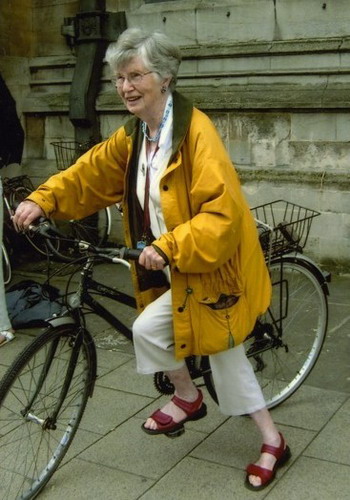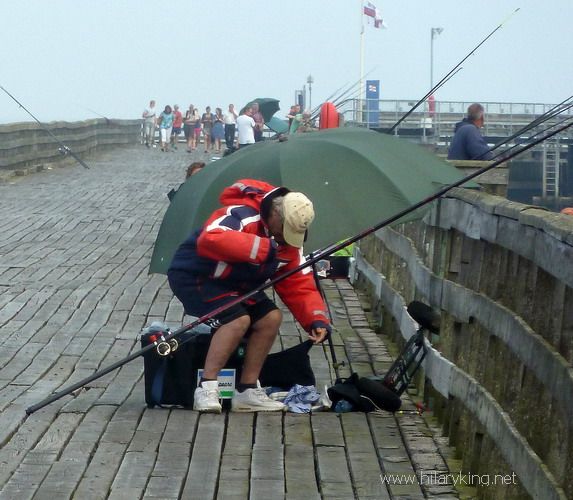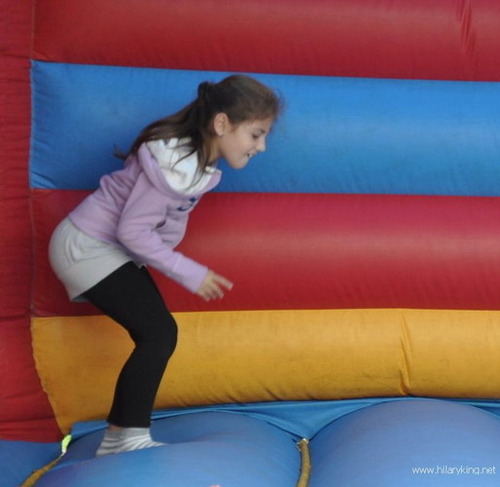How Much Sleep do We Need?
An episode of the TV programme ‘Trust Me I’m a Doctor’ discussed the issue of sleep and an experiment that researched the question of how much sleep people need. It has been shown that people who have six hours sleep were sleep deprived and did not function as well when performing mental tasks, as those who had seven hours sleep. Also, that tests revealed a number of genes related to illnesses such as heart disease, were found in greater numbers in those research subjects that had less sleep. So it is obviously a good idea to aim to have at least seven hours sleep, in order to remain in good health.
It wasn’t just the length but also the quality of sleep that was discussed. High levels of alcohol can disturb our sleep and using computers which produce a blueish light from the screen late in the evening tends to over-stimulate our brains, resulting in poor sleep. Apparently you can download an App that changes the temperature of the screen to a more yellowish glow, which is less stimulating, so computer users might like to try that to see if it helps.
Improve the Quality of Your Sleep with the AT
There were not many suggestions on the programme as to how we can go about improving the quality of our sleep. However, there was a moment of synchronicity for me, as so often happens, when an AT pupil of mine came in the next day talking about the same issue (not having seen the programme). He said that since he started having Alexander lessons, ‘The quality of my sleep is much better and I’m less stiff in the mornings’.
You may ask, why is this? The fact that he is thinking more and more about the AT during his working day and that he regularly uses the lying down procedure, means that he is less tense and stressed at the time of going to sleep than he used to be. Using the lying down procedure just before going to bed can help us let of of the day’s tensions and can set us up for sleep. This allows us to enjoy a deeper and more refreshing sleep without the help of any drugs, which is great.
Unwinding
Many people ask me ‘what’s the best way to sleep?’ and I think this is a difficult question to answer as many people find they can only fall asleep in one particular position. Sometimes these positions may be very tightly curled up and actually cause discomfort by the morning.
How do you sleep? If you curl up tightly, the first thing you can begin to change, is to allow your body to soften and lengthen out within the position you are used to then, over time, you can learn to adapt how you go to sleep. Lying on the back allows your body to unwind and lengthen out without putting pressure on shoulders, your neck or your lower back – but don’t lie in semi supine to sleep, as bent knees will restrict the circulation in your legs if you stay like this for too long.
As you begin to drop off to sleep, you can think of your body becoming softer, freeing up your muscles and allowing yourself to unwind and lengthen out, taking a lovely gentle quietness with you as you drift off – you will probably sleep a lot better as a result.


